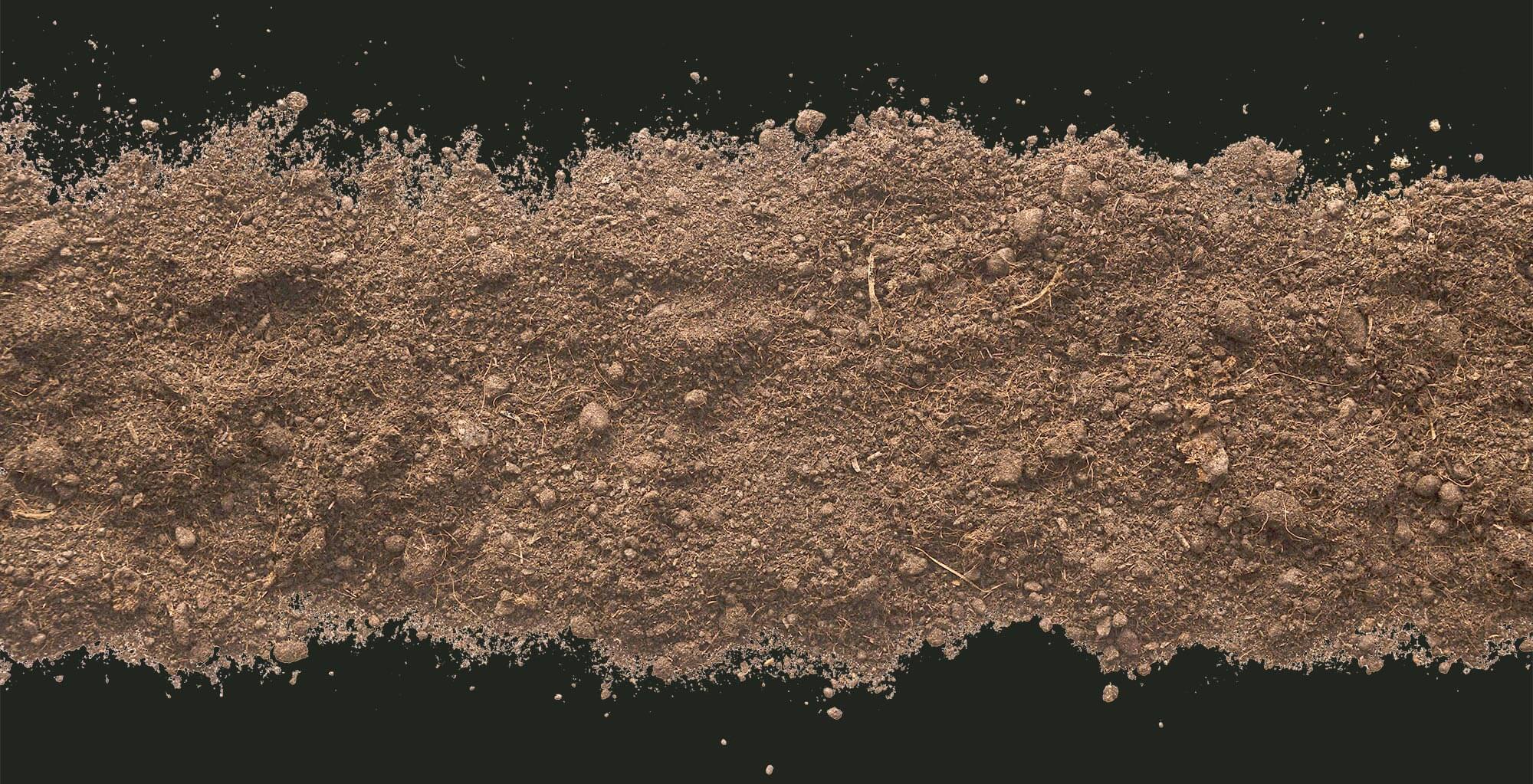
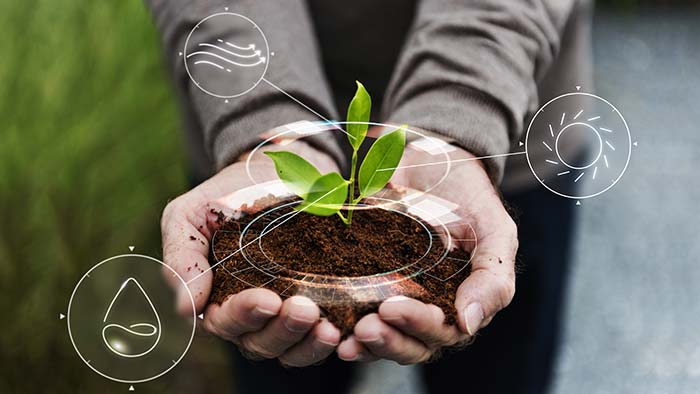
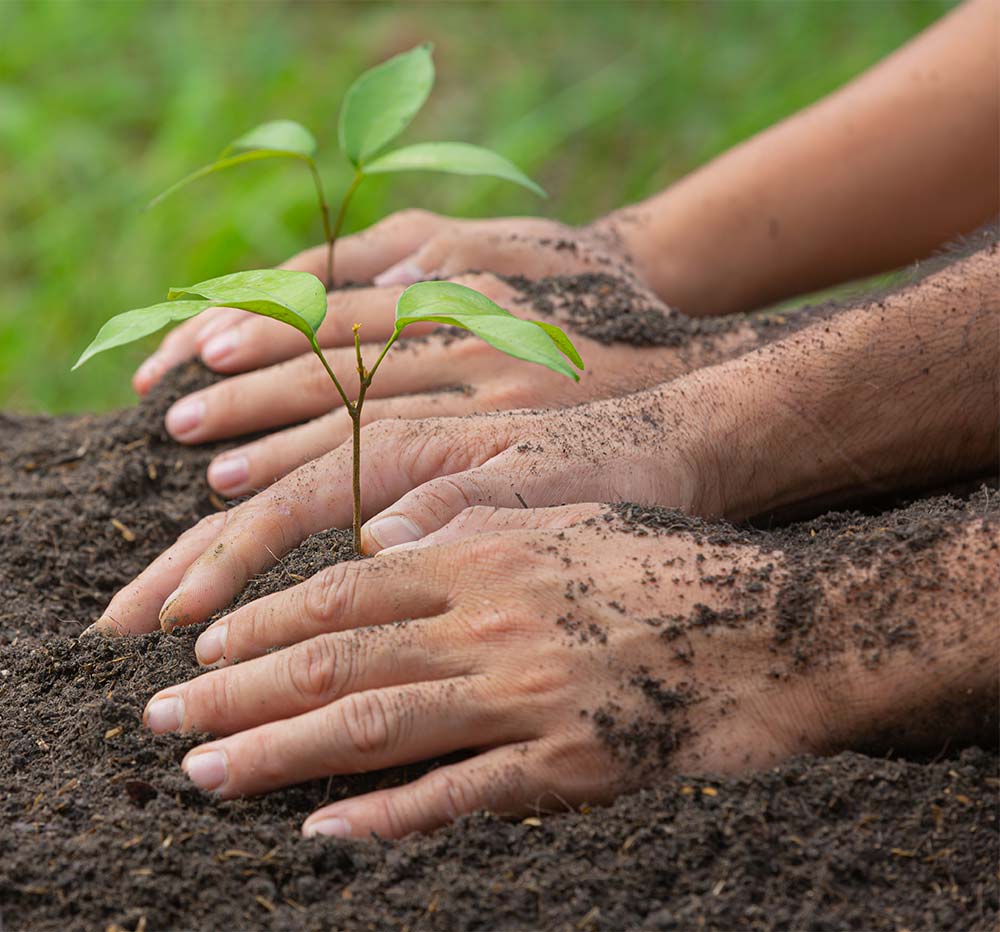
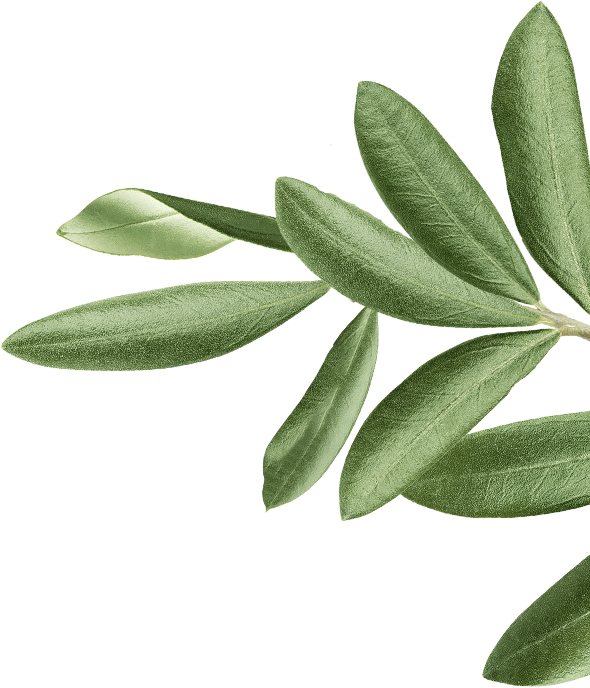
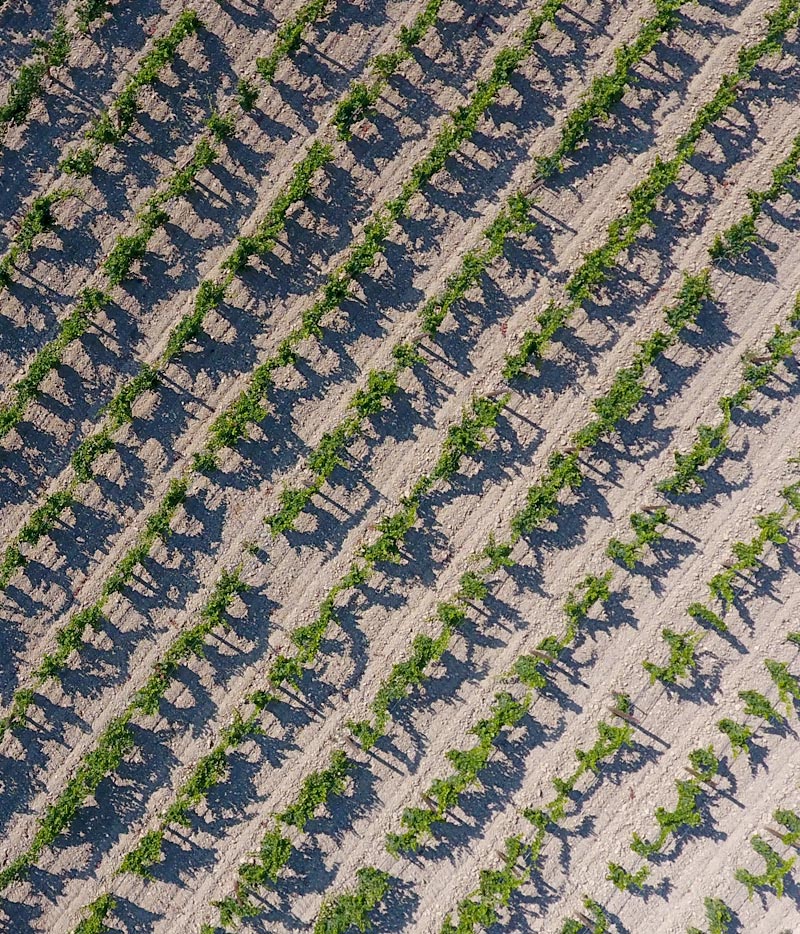
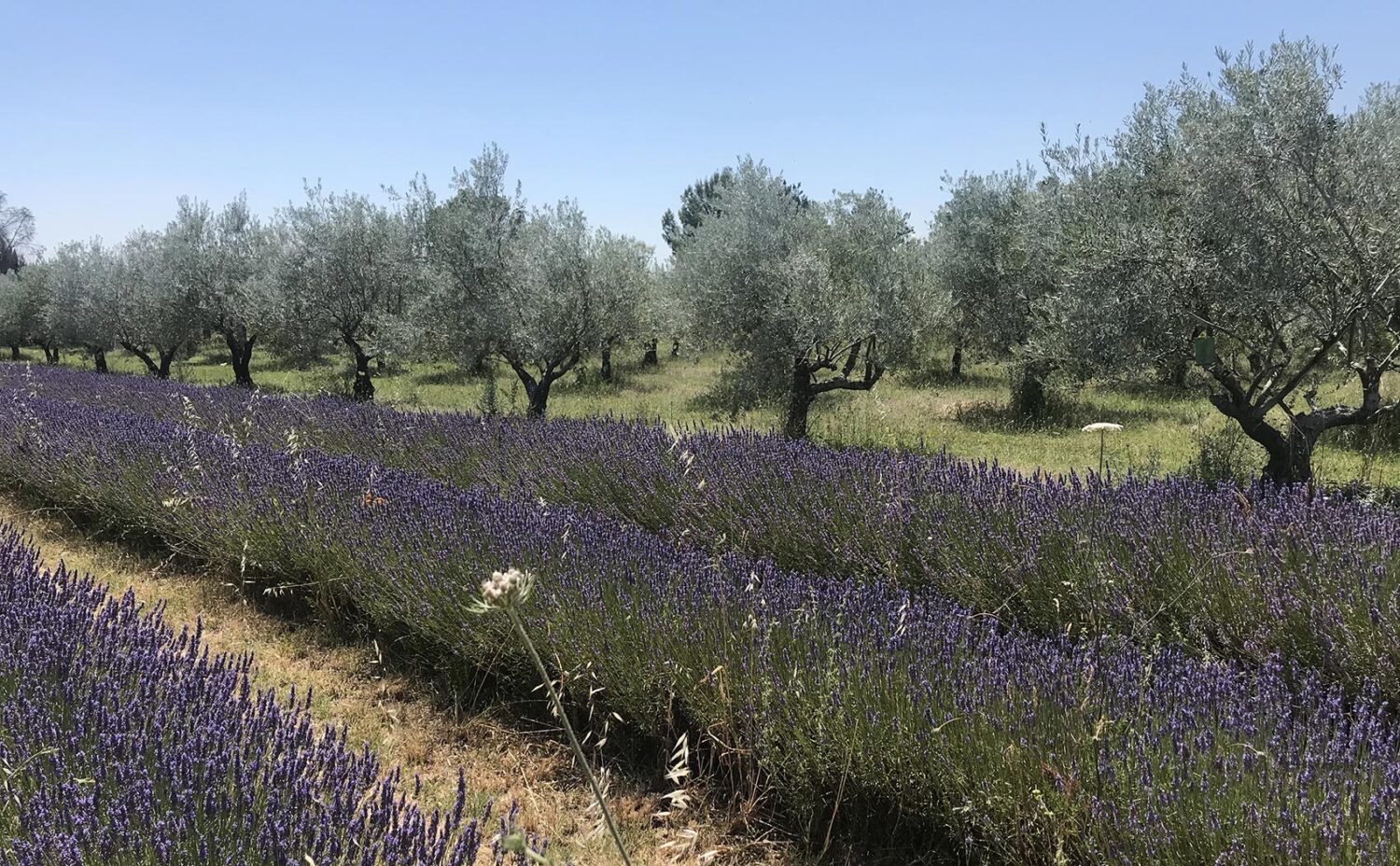
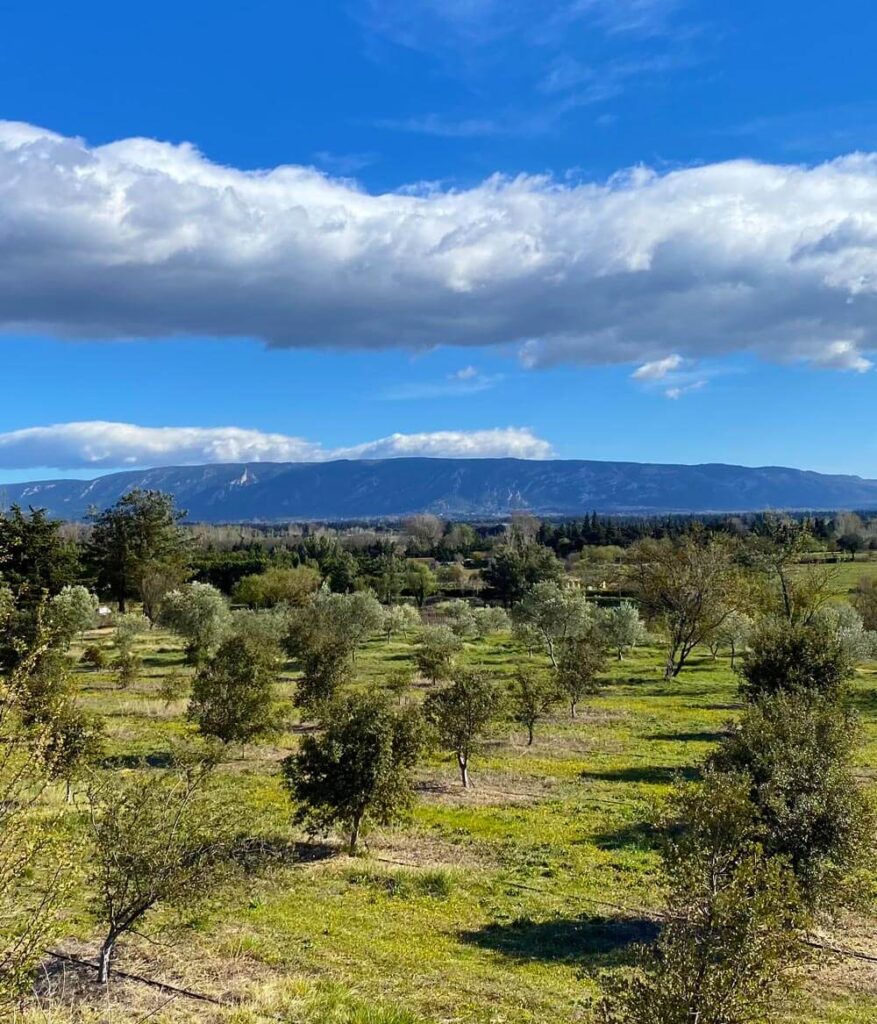
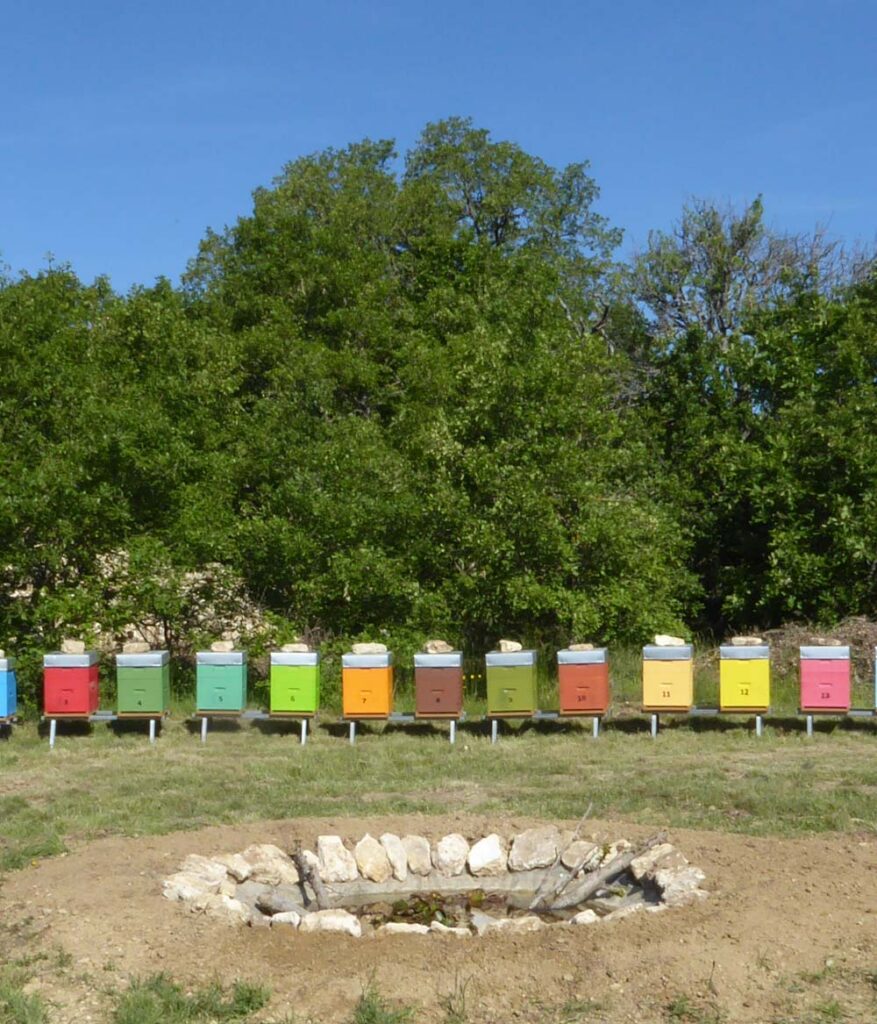
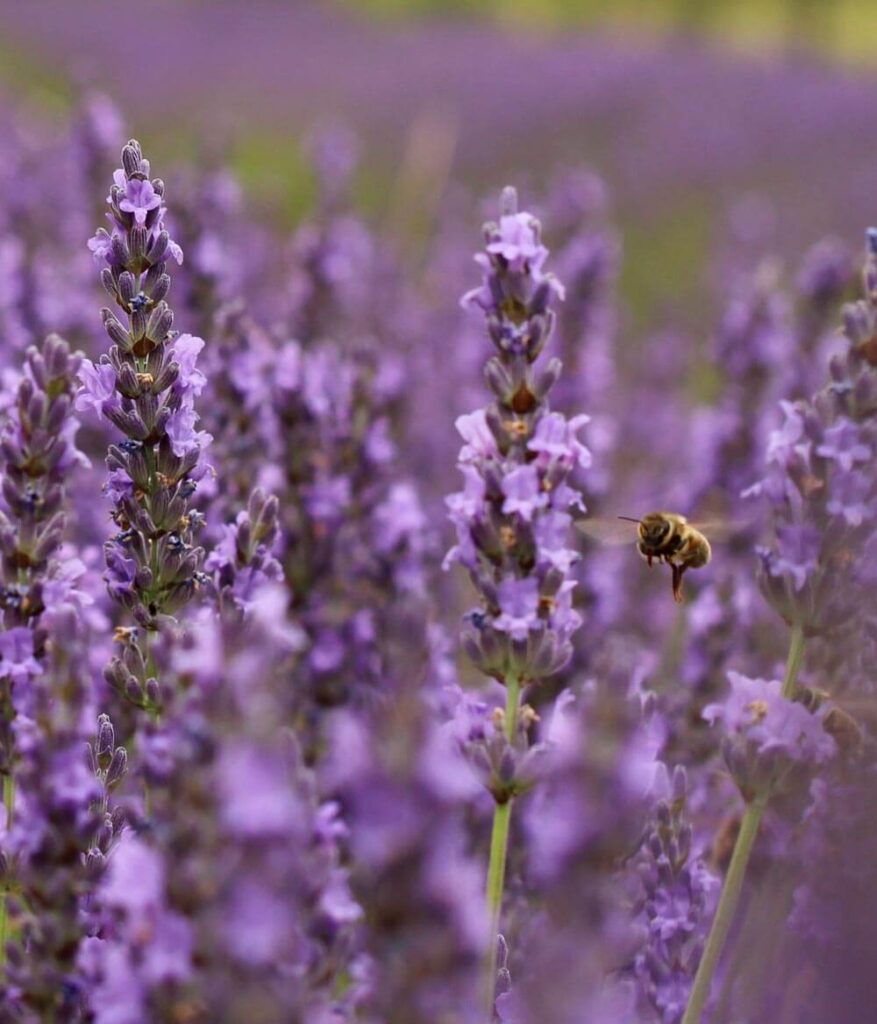
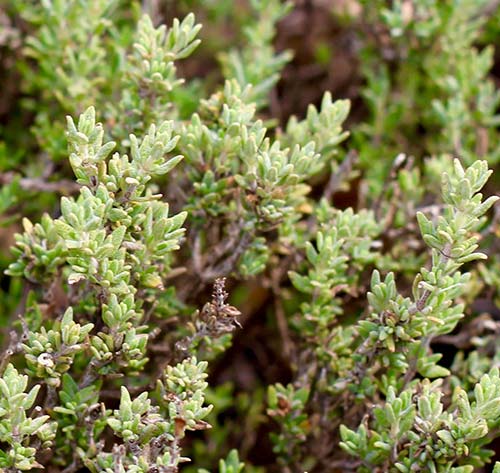
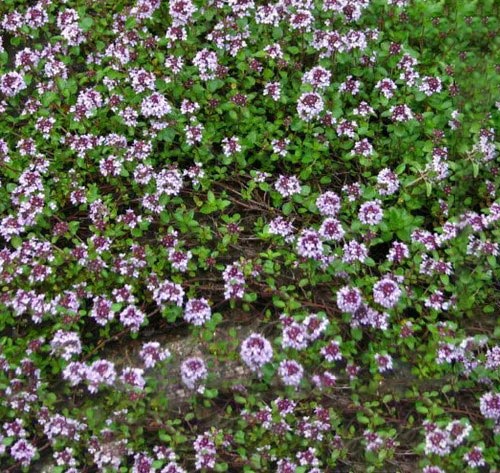
Si durant l’été vous passez par Liège, n’hésitez pas à aller profiter du Rooftop LEOS au @vandervalk_selys_liege ! ☀️
Un très joli lieu perché où, entre clocher et oliviers, vous pourrez trinquer autour d’une bouteille de Cuvée Augusta, déguster une planche gourmande où s’invite notre Confit de Thym, découvrir nos cosmétiques @lolivierdeleos et notre gamme d’épicerie fine.
Merci @lewine_group, @vivreausudprovence et le @vandervalk_selys_liege d’inviter la Provence à Liège à travers ce summer spot de rêve ! 😍
🌿🥂☀️🌿
#rooftop #bestspot #summerspot #thepplacetobe #leos #vandeervalkhotel #domainedeleos #patrickbruel #lesalexandrins #roséleos #blancleos #cuvéeaugusta #lolivierdeleos #liège #VanDerValkSelys #rooftopliège #lewinegroup #vivreausud
Jun 20

De nos tout petits pieds, jusqu’au jour où on court plus vite qu’eux… Bonne fête à tous ceux qui donnent envie de marcher dans leurs pas. On vous aime, les papas. 🫶🏻
🌿
#bonnefêtepapa #fêtedespères #papajetaime #daadylove #papa #provence #domainedeleos #madeinfrance #leos #patrickbruel #madeinprovence
📸 © @lili.s.pics
Jun 15

NEW TREASURES FROM NY ! 🗽✨
Nos huiles H de Leos nous ont rapporté un nouveau trio de médailles de New York.
🏅L’Originelle est la golden lady de cette saison new-yorkaise,
🥈La Fruité Vert et la Fruité mûr remportent l’argent !
Et voilà que, depuis sa création, la gamme H de Leos atteint les 80 prix, dont 35 d’or ! Quel chemin… 🥺
Thank you dear jury of @nyiooc ! All our team is happy and proud ! 🙏🏼
🌿
#hdeleos #nyiooc #awardedoliveoil #newinternationaloliveoilcompetition #domainedeleos #patrickbruel #oliveoil #evoo #madeinprovence #épiceriefine #huiledolivemédaillée
📸 © @lili.s.pics
Jun 13

Pour les papas à l’âme de partageur, amoureux des belles saveurs, les vins LEOS iront droit au coeur. J-4 ! 😉
🌿🫶🏻 🌿
#domainedeleos #leos #cuvéeaugusta #bonnefêtepapa #fêtedespères #daddycool #papa #domainedeleos #leos #patrickbruel #madeinprovence #vindeprovence #idéescadeaux #pourpapa #winefordaddy
📸 © @lili.s.pics
Jun 11

Et par la fenêtre, regarder les vignes s’épanouir. Cette nature… C’est chaque jour un nouveau tableau. 💚
Est-ce que vous aimez ce spectacle autant que nous ?
🌿
#domainedeleos #leos #patrickbruel #vine #vineyard #winemaker #vigneron #vignoble #madeinprovence #provencelife #luberon #provencelifestyle #naturephotography #lessaisonsdeleos #lescarnetsdeleos
📸 © @lili.s.pics
Jun 9

Dimanche 15 juin, on célèbrera les papas. Et pour des cadeaux au succès assuré, LEOS est toujours une mine d’idées. 😉
Des douceurs de qualité, pour des recettes à partager et des souvenirs à fabriquer… Des déclarations d’amour qui se savourent ! ❤️
🌿💌🌿
#bonnefêtepapa #fêtedespères #daddycool #papa #domainedeleos #leos #patrickbruel #huiledolivemédaillée #madeinprovence #épiceriefine #vindeprovence #idéescadeaux #pourpapa
📸 © @lili.s.pics
Jun 7

Working hard… 🌸🐝
🌿
#lescarnetsdeleos #domainedeleos #leos #provence #abeilles #bees #sainfoin #mieldefleurs #beekeeping #happybees #mieldeprovence #lessaisonsdeleos #biodiversité #wildflowers #busybees #journeemondialedelenvironnement
🎥 © @lili.s.pics
Jun 4

LEOS est fier de faire partie des partenaires historiques du très beau festival @liresurlasorgue ! 📖🦆
✨4 jours magiques, imaginés par l’association Lire sur la Sorgue, la librairie @lepasseurdelisle et le Fonds de Dotation Nouveaux Lecteurs, durant lesquels plus de 50 auteurs et artistes investissent notre ville chérie.
Des rencontres culturelles ouvertes à tous, pour découvrir ou faire rayonner les livres.
Divers jolis lieux accueillent conférences, lectures, ateliers, dédicaces, dégustations… Avec pour nous la joie d’offrir aux auteurs le fruit de notre travail. 🍷
Merci à toute l’équipe de ce précieux festival de nous permettre de porter avec elle l’ambition de rendre la lecture, sous toutes ses formes, accessible à tous.
👉🏻 L’édition 2025 a lieu en ce moment ! N’hésitez pas à consulter le programme et venir flâner au fil des mots !
🌿 📖 💚
#Liresurlasorgue #Festival #Festivallitteraire #domainedeleos #leos #artdevivre #madeinprovence #instabook #bookstagramfrance #auteurs #lislesurlasorgue #luberon #provence #vaucluse #paca #provencealpescotedazur #litterature #culture #booklovers
📸 © @alice__fenwick & @lili.s.pics (1) - @liresurlasorgue (2,3,4,5)
May 29

Douces pensées pour celles qui restent un refuge, que l’on soit petit ou grand. Merci les mamans. 💕
🌿💌🌿
#domainedeleos #patrickbruel #leos #bonnefêtemaman #fêtedesmères #motherday #mamanjetaime #mamalove #happymothersday #maman #mercimaman
📸 © @lili.s.pics
May 25

Sous le ciel de mai, les vignes de Leos demandent toute notre attention. Entre deux coups de mistral, on palisse les jeunes pousses pour guider leur croissance, on veille.
Chaque geste compte. Le vin commence ici. ☀️
🌿🍇🌿
#domainedeleos #patrickbruel #leos #madeinprovence #vineyards #vignesenmai #palissage #soindelavigne #vine #vindeprovence #vignoble #vineyard #vigneron #travaildelavigne #vinework #may #lovelymay #springinprovence #islesurlasorgue #luberon
📽 © T. Gayet & @lili.s.pics
May 24

NOUVEAU ! 🤩 Un coffret découverte 3 huiles qui accueille notre H de Leos Olives Maturées, la dernière née que vous adorez ! Un nouveau trio pour 3 expériences gustatives de caractère :
🤎 H de Leos Olives maturées : une huile d’exception AOP Provence, caractérisée par sa puissance et sa richesse aromatique, au nez « chômé », typique des huiles « à l’ancienne ».
💚 H de Leos Fruité vert : une huile « vierge extra » premium, d’une très grande puissance aromatique. Un véritable goût de fruité vert à l’ardence fraîche et à l’amertume d’une grande finesse.
❤️ Fruité mûr : une huile « vierge extra » premium, à la grande subtilité aromatique. Peu amère et peu ardente, avec des arômes d’amande mûre et de fruits, elle a la douceur d’un véritable fruité mûr.
Un voyage en trois étapes, que les palais gourmets vont adorer ! ✨
🌿
#domainedeleos #leos #patrickbruel #oliveoil #huileh #evoo #madeinprovence #épiceriefine #coffretcadeau #coffretdécouverte #giftset #coffrethuiledolive #fruitévert #fruitémûr #olivesmaturées #oliveoiltasting #dégustation #gourmet #coffretgourmet
📸 © @lili.s.pics
May 22

Nos abeilles se délectent du joli sainfoin planté pour elles dans nos prairies. Les petites corbeilles à pollen sont bien pleines ! 🤩
Ces réceptacles dédiés au transport de leur récolte se situent sur les pattes arrières des femelles ou ouvrières de certaines espèces.
🔎 Vous les voyez, ces pelotes orangées accrochées à leurs gambettes ?
C’est la #journeemondialedesabeilles !
Merci à nos petites fées de la biodiversité pour leur si précieux travail. 💛
🌸🐝🌿
#lescarnetsdeleos #worldbeeday #domainedeleos #leos #patrickbruel #madeinprovence #épiceriefine #provence #islesurlasorgue #miel #abeilles #bees #apiculture #mdeleos #sainfoin #mieldefleurs #beekeeping #happybees #mieldeprovence #ecosystem #lessaisonsdeleos #savethebees #welovebees #biodiversité #pollinators #naturephotography #botanic #fleursmellifères #wildflowers
📸 © @lili.s.pics
May 20

Dans un joli coffret ou orné d’un ruban, un vin Leos, c’est la promesse de notes délicates, pour de doux moments.
Rosé ou Blanc, ils sont frais, ensoleillés et élégants. Une déclaration au caractère subtile, qui sait parler au coeur des mamans.
Vous cherchiez une idée, non ? ☺️
🌿💕🌿
#domainedeleos #patrickbruel #lesalexandrins #leos #cuvéeaugusta #roséleos #blancleos #vindeprovence #mothersday #mamanjetaime #mamalove #winelovers #fêtedesmères #happymothersday #roségastronomique #vinblanc #drinkrosé #pourmaman #idéecadeau #coffretcadeau #idéescadeaux #artdevivre #vin #winebottle #elegantwine
📸 © @lili.s.pics
May 19

Leos se réjouit toujours de vous aider à célébrer les mamans, en leur concoctant des déclarations d’exception. 💕
🎁 Petits ou grands, mais toujours élégants et made in Provence avec amour, nos coffrets-cadeaux regorgent d’audacieuses gourmandises et de bien-être naturel… Mille et un cadeaux-plaisirs qui les feront fondre sont à découvrir sur notre site. Impossible de ne pas trouver l’inspiration ! 😉
🌿💌🌿
#domainedeleos #patrickbruel #oliveoil #huileh #evoo #madeinprovence #épiceriefine #leos #madeinfrance #mothersday #mamanjetaime #mamalove #fêtedesmères #mamanjetaime #happymothersday #idéecadeau #giftset #coffretcadeau #soinsnaturels #idéescadeaux #provencemonamour #lolivierdeleos #naturalskincare #cadeaugourmet #confiture #vin #huiledolive #naturalbeauty #labeautéparlolivier #cadeauxbienêtre
📸 © @lili.s.pics
May 15

THE GOLDEN TRIO IS BACK !! 🏅🏅🏅
C’est avec une immense joie que l’on vous annonce que cette année encore, les 3 premières nées de notre gamme H de LEOS ont chacune remporté une médaille d’or lors de la Dubai Olive Oil Compétition, qui référence les meilleures huiles d’olive au monde. 🙌🏻✨
Dégustées par un prestigieux jury d’experts, elles ont pris place dans les catégories :
🌿 « Ultra PREMIUM Extra Virgin Olive Oil »
🌿 « Best Olive Oils in the world »
🌿 Et « Best Olive Oils France »
La gamme H de LEOS détient aujourd’hui 77 prix dont 34 d’or ! 🤩
Thank you so much dear jury of @dubaioliveoilcompetition, we are beyond happy and proud !
Et merci encore à vous tous pour votre soutien sur ce si beau chemin. 🙏🏻
L’aventure continue !
🌿🏅✖️ 3️⃣🌿
#domainedeleos #patrickbruel #leos #oliveoil #huileh #evoo #madeinprovence #épiceriefine #dubaiooc #dubaioliveoilcompetition #dubaiooc2025 #awards #awardedoiliveoil #awardedevoo #goldawards #goldmedals #médaillesdor #oliveoilawards #goldmedals #bestoliveoils #gourmet #ultrapremiumextravirginoliveoil #bestoliveoilsintheworld
📸 © @lili.s.pics & 📹 © Dubai OOC team
May 12

Profitez d’informations et d’avantages exclusifs.
Enjoy exclusive information and benefits.